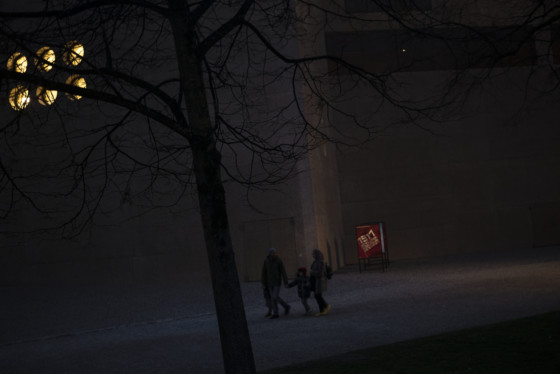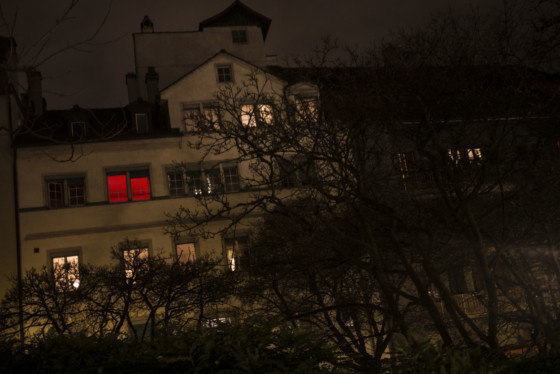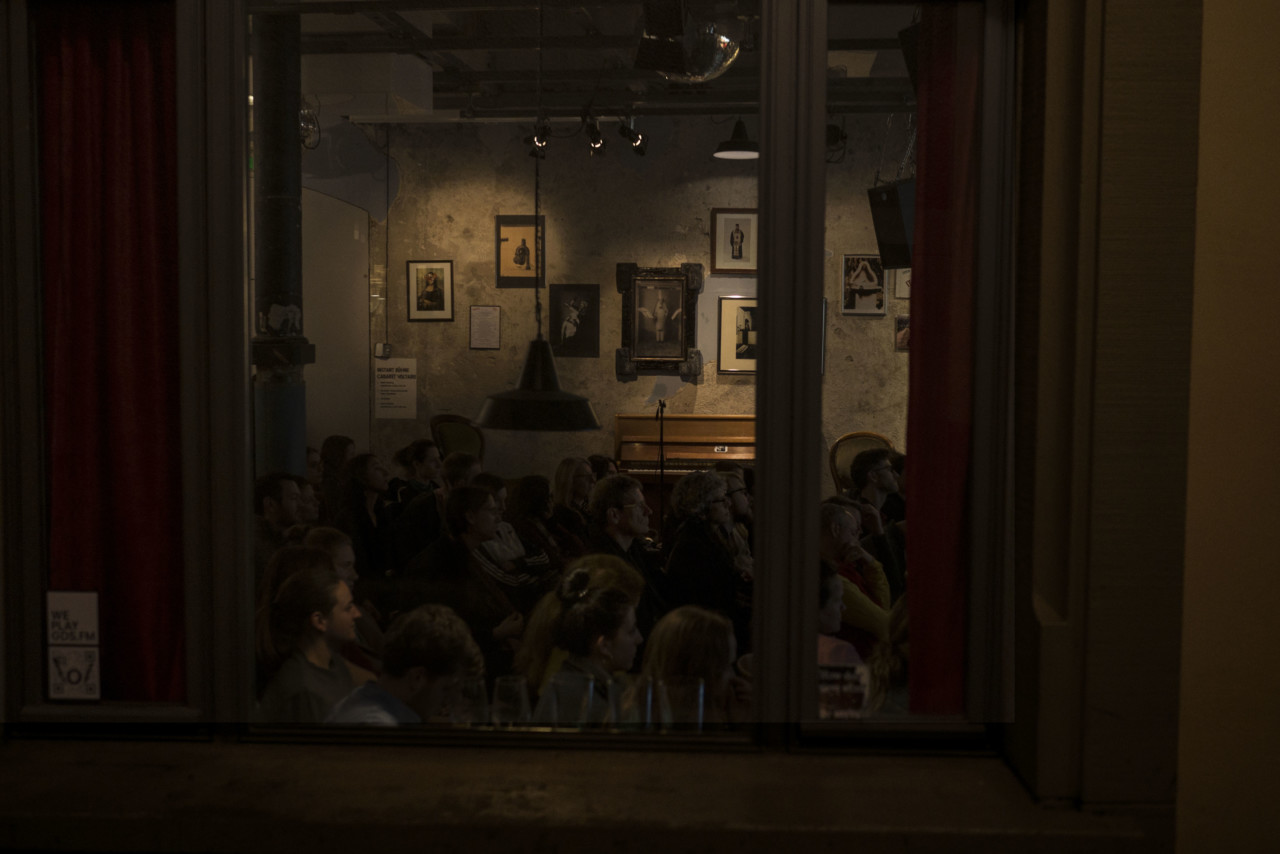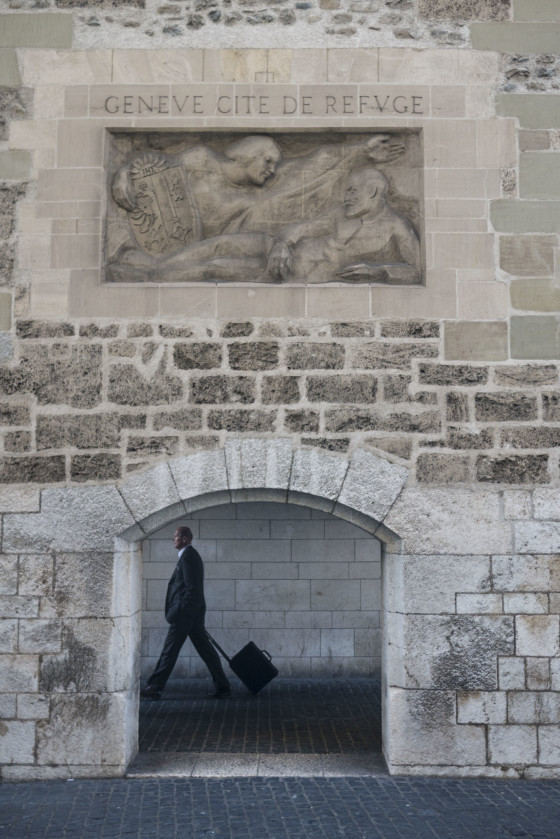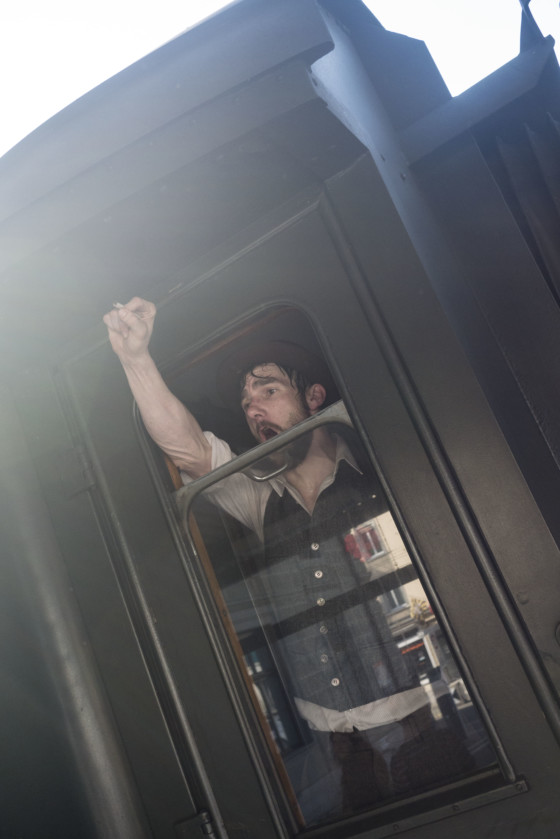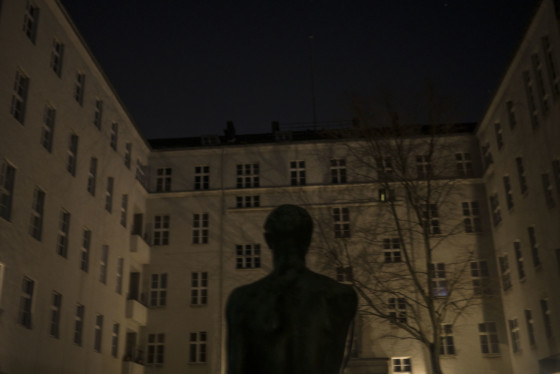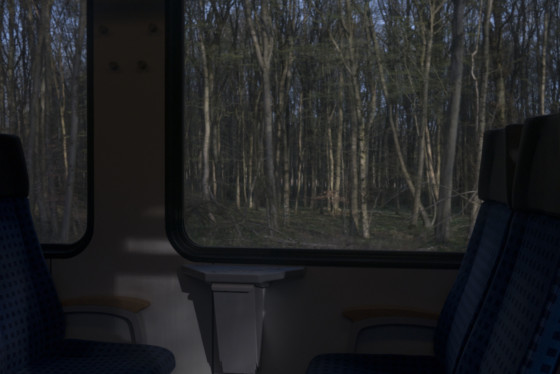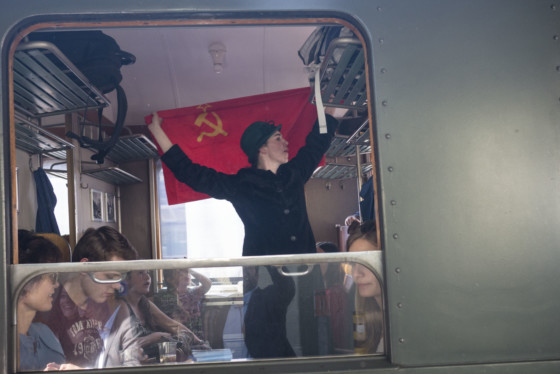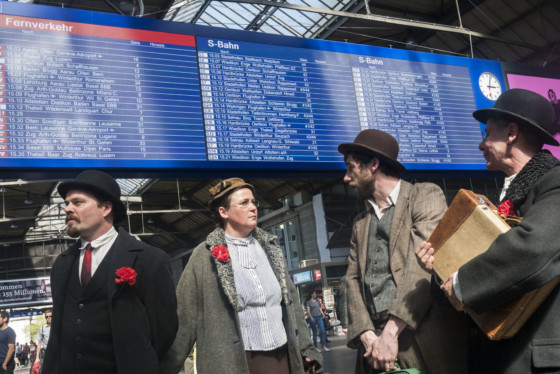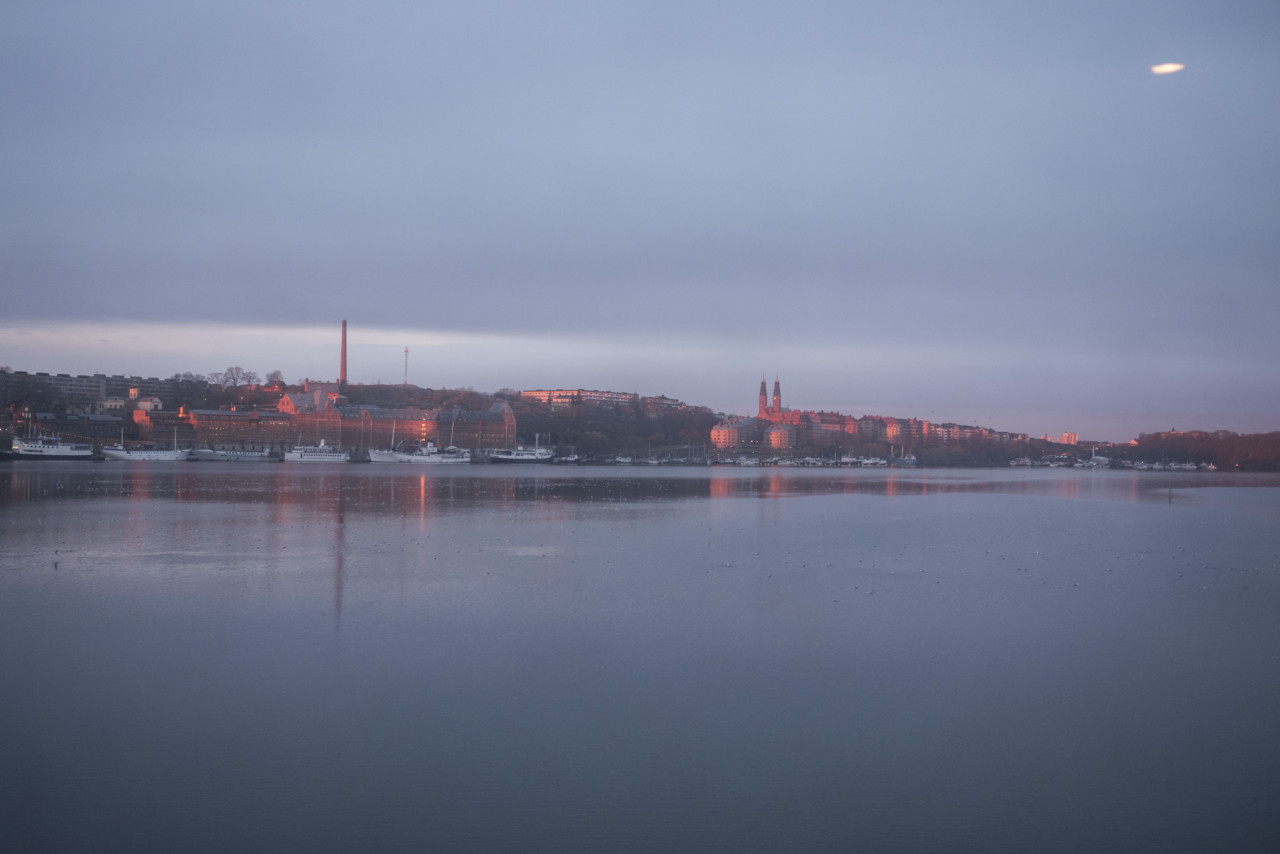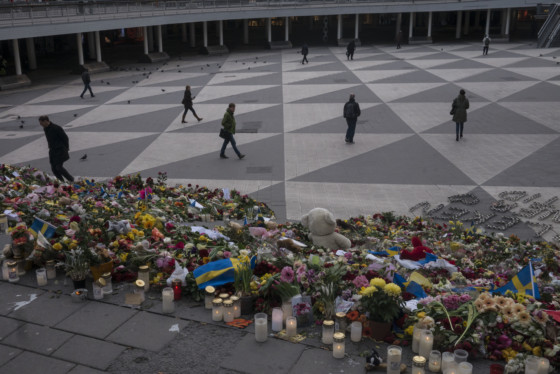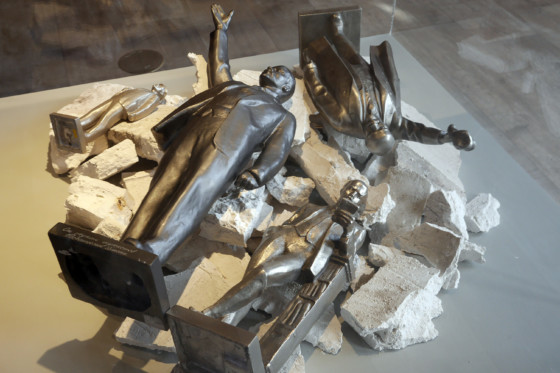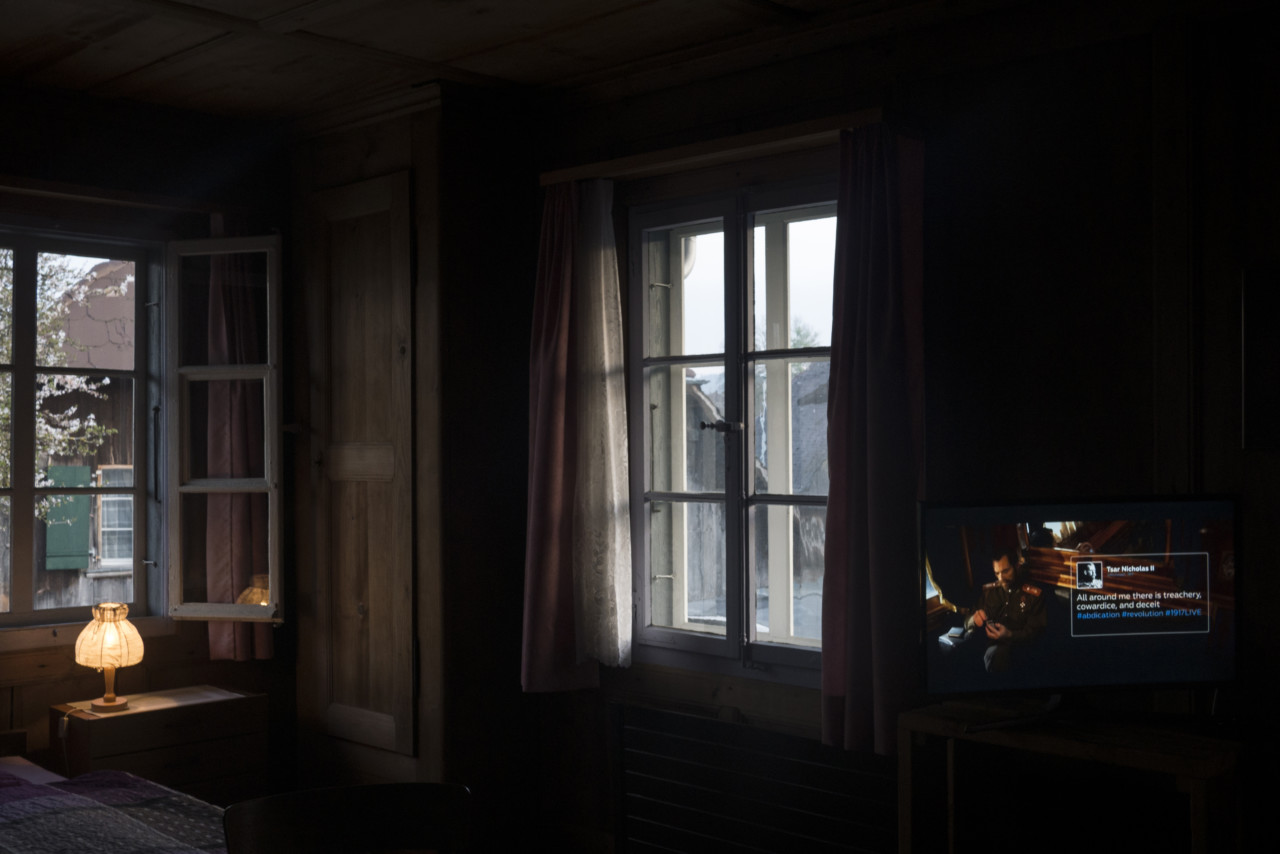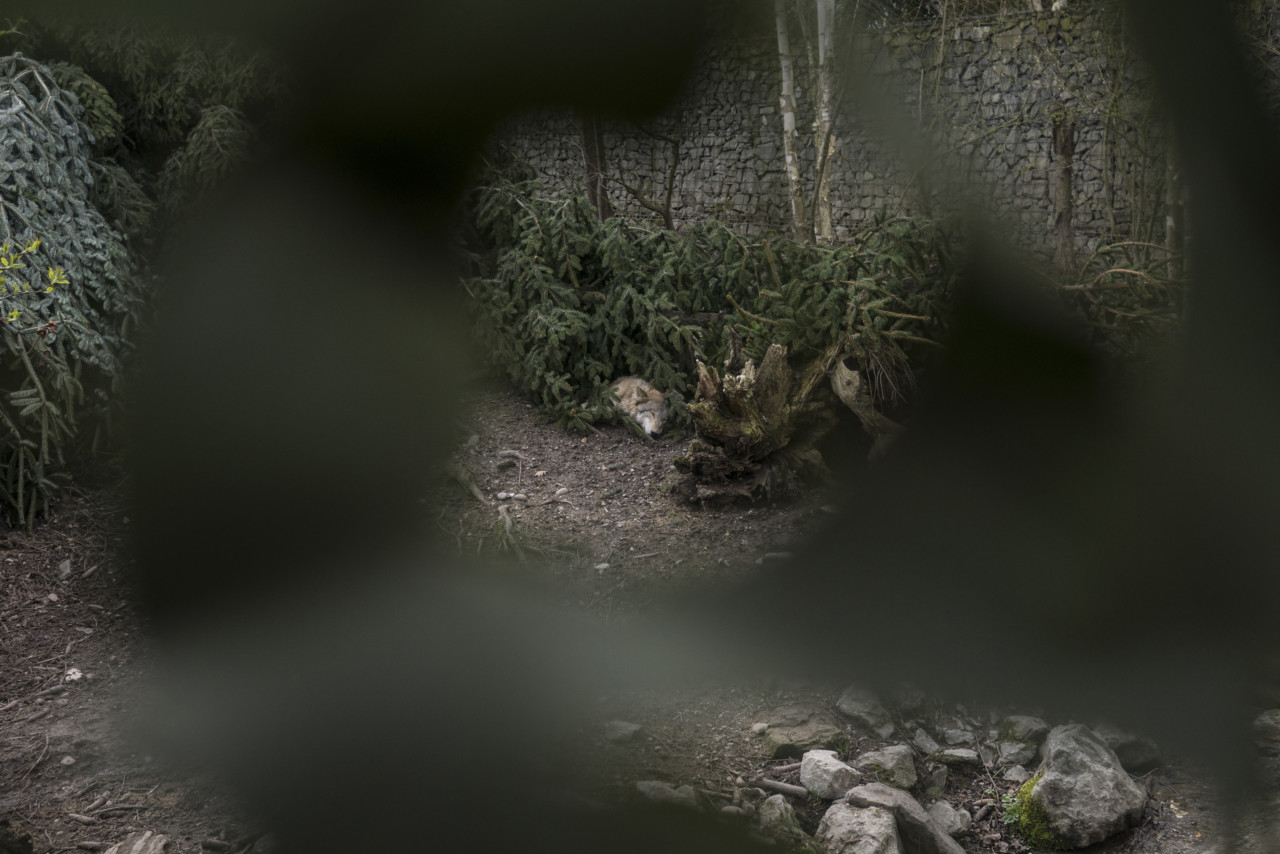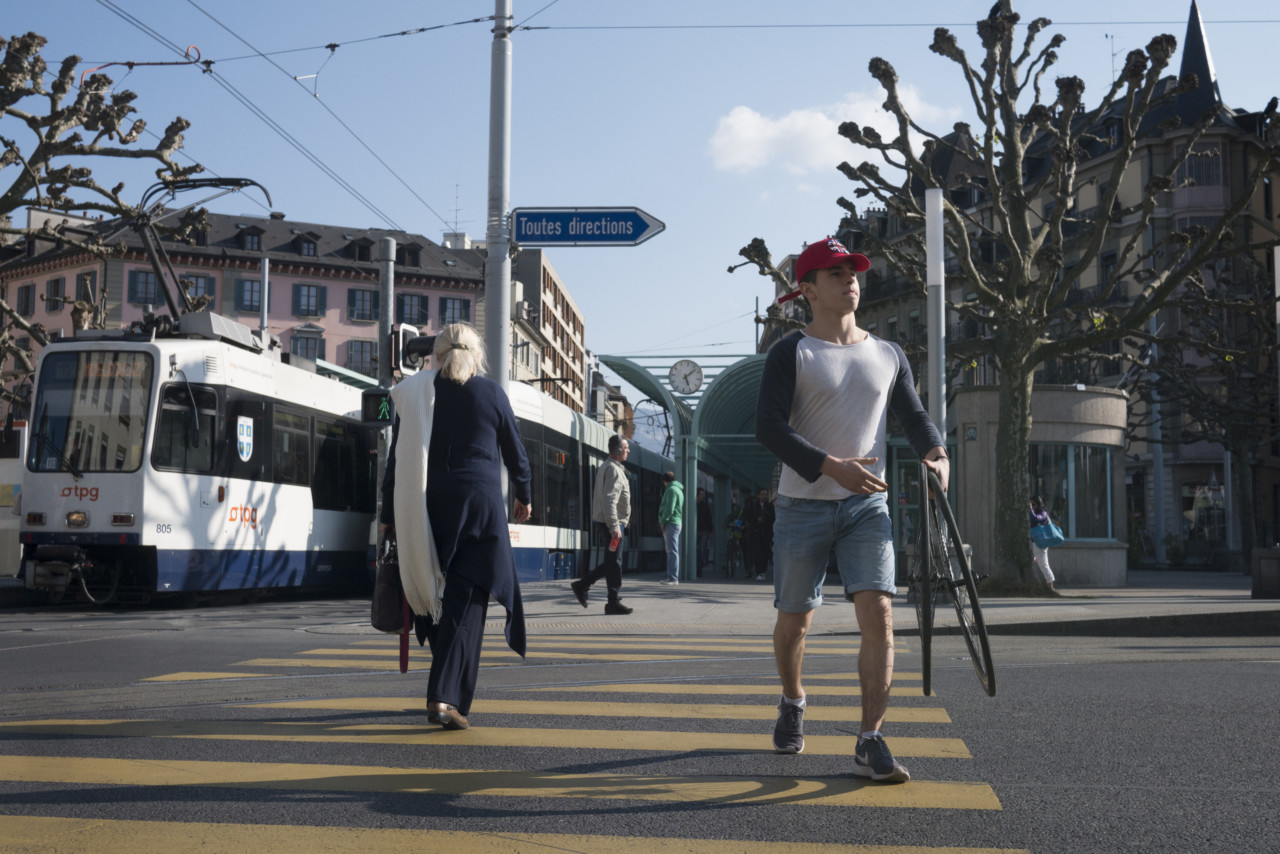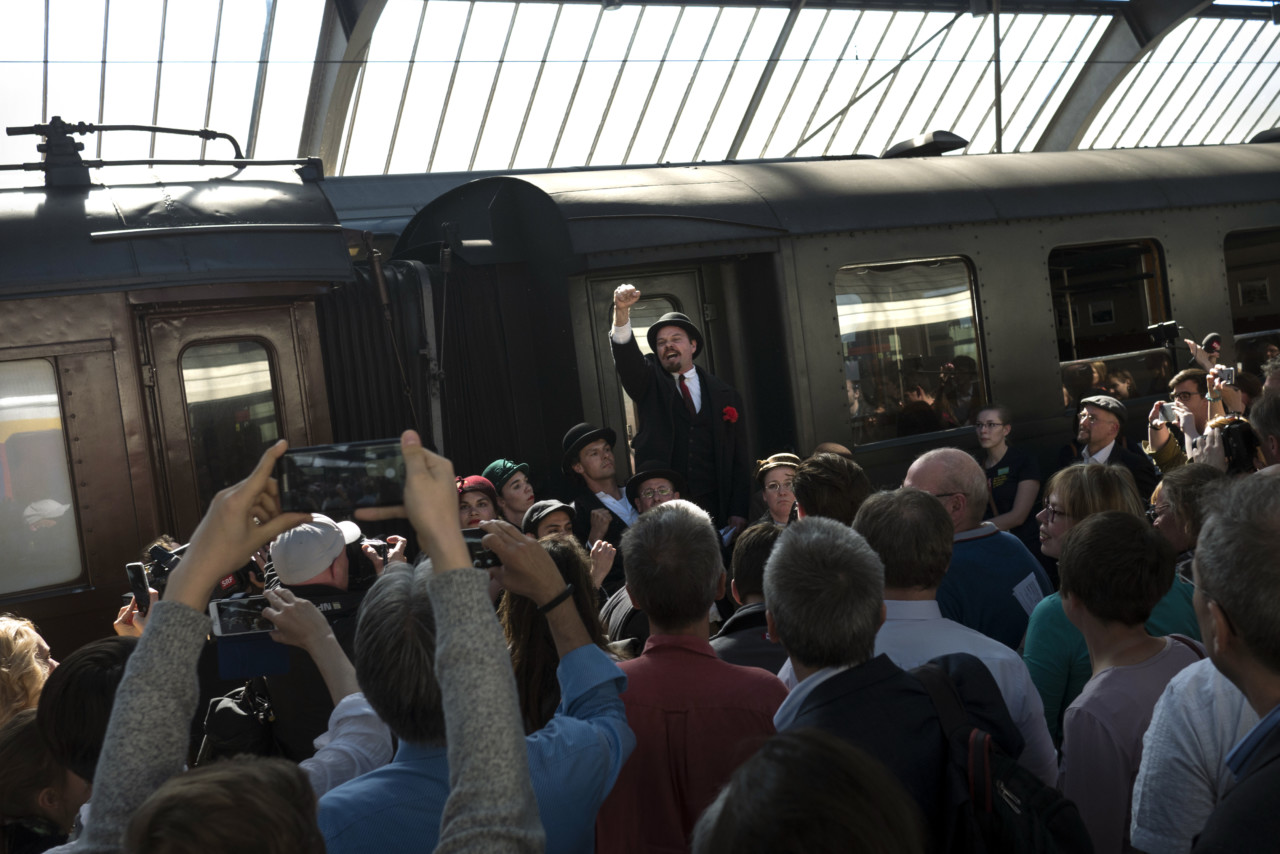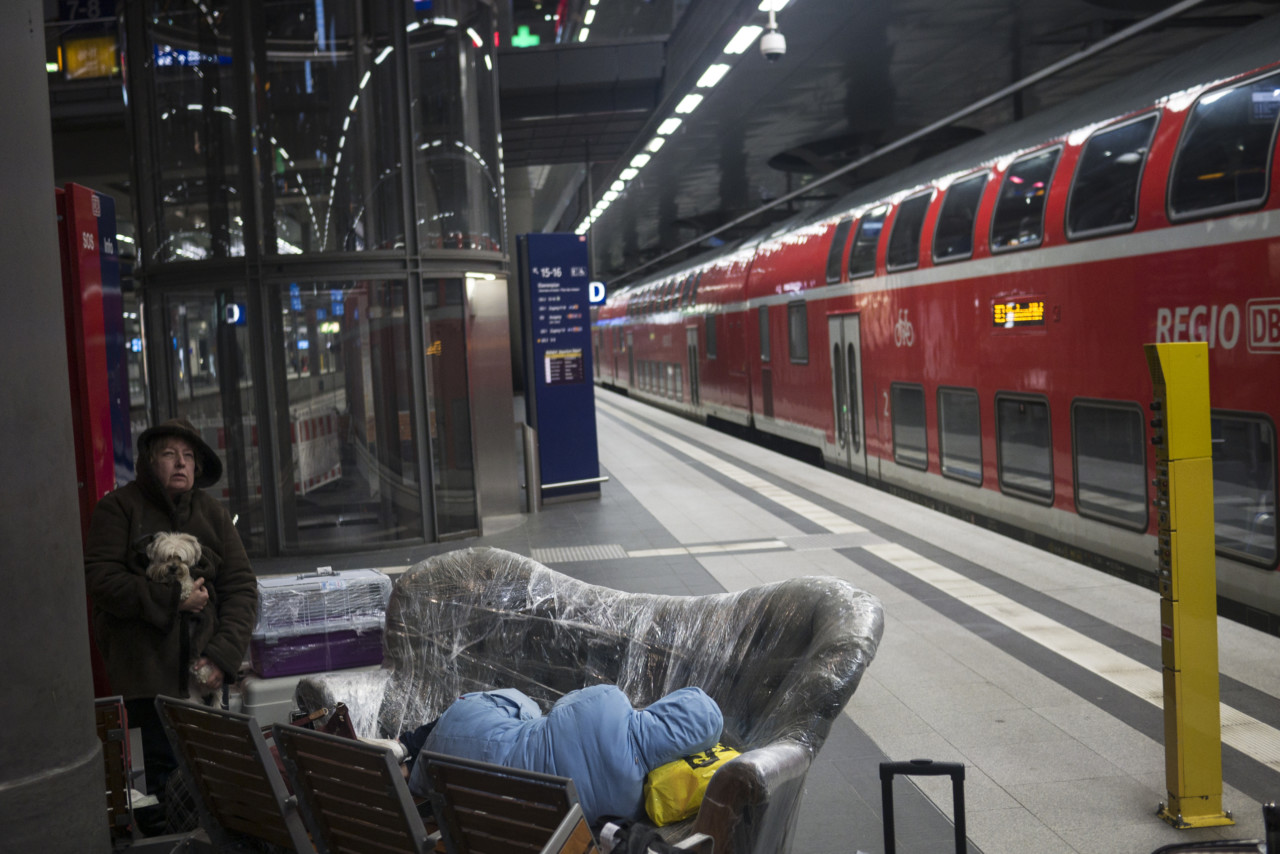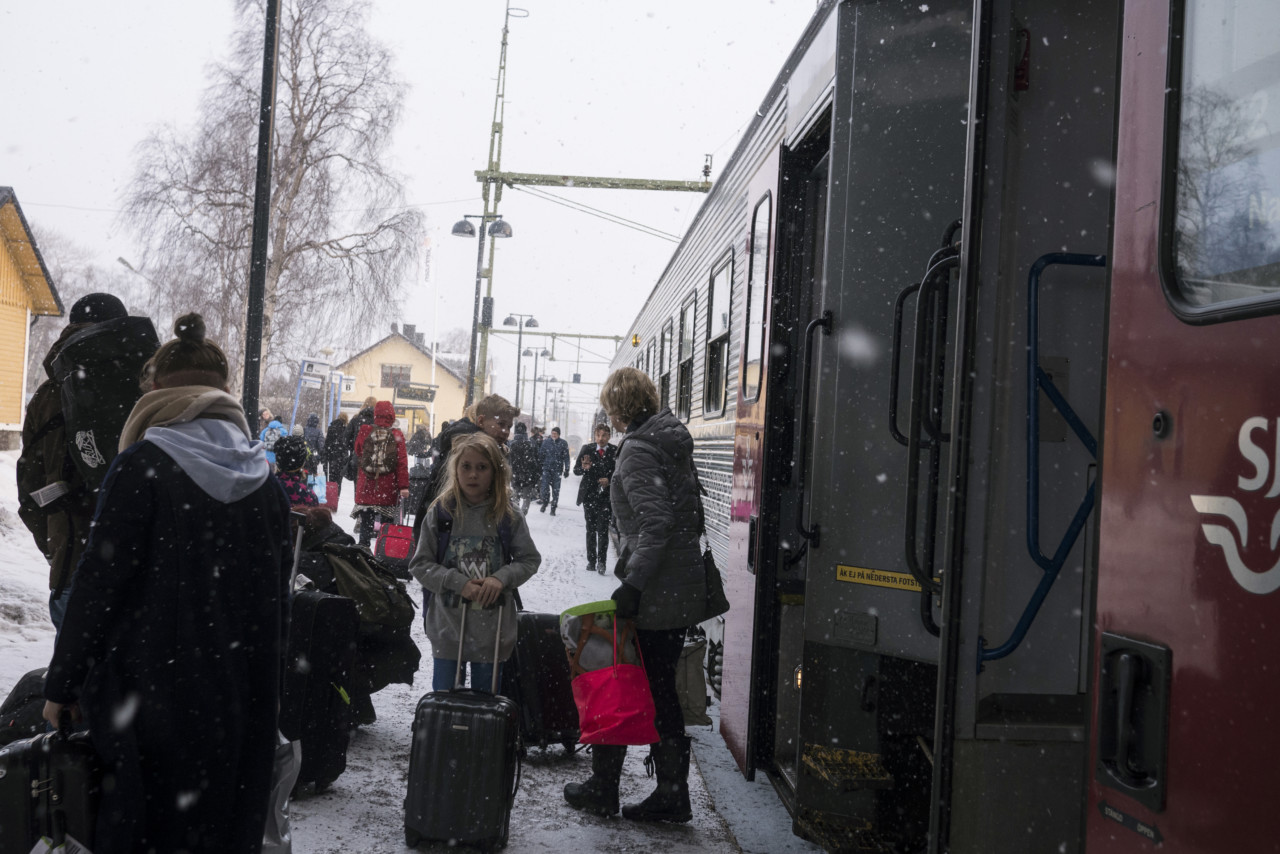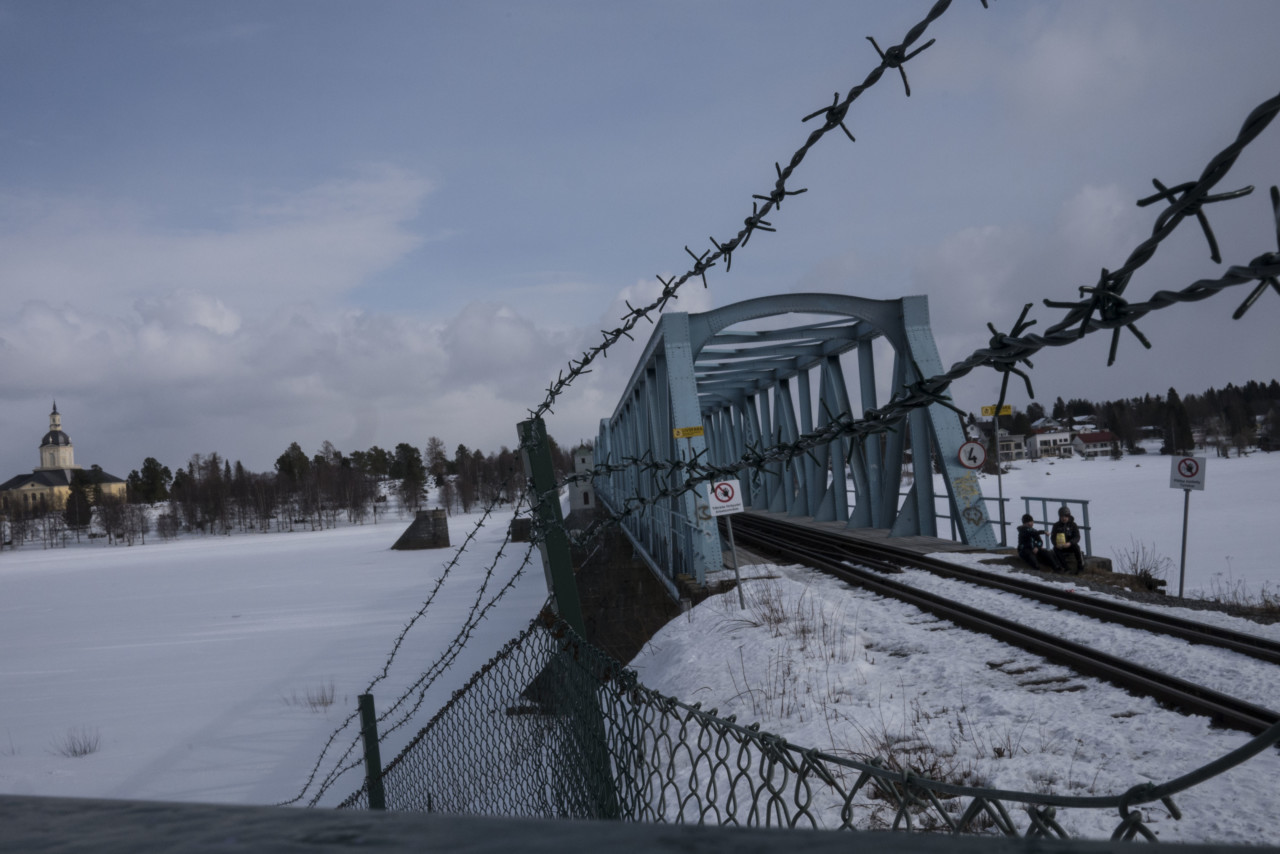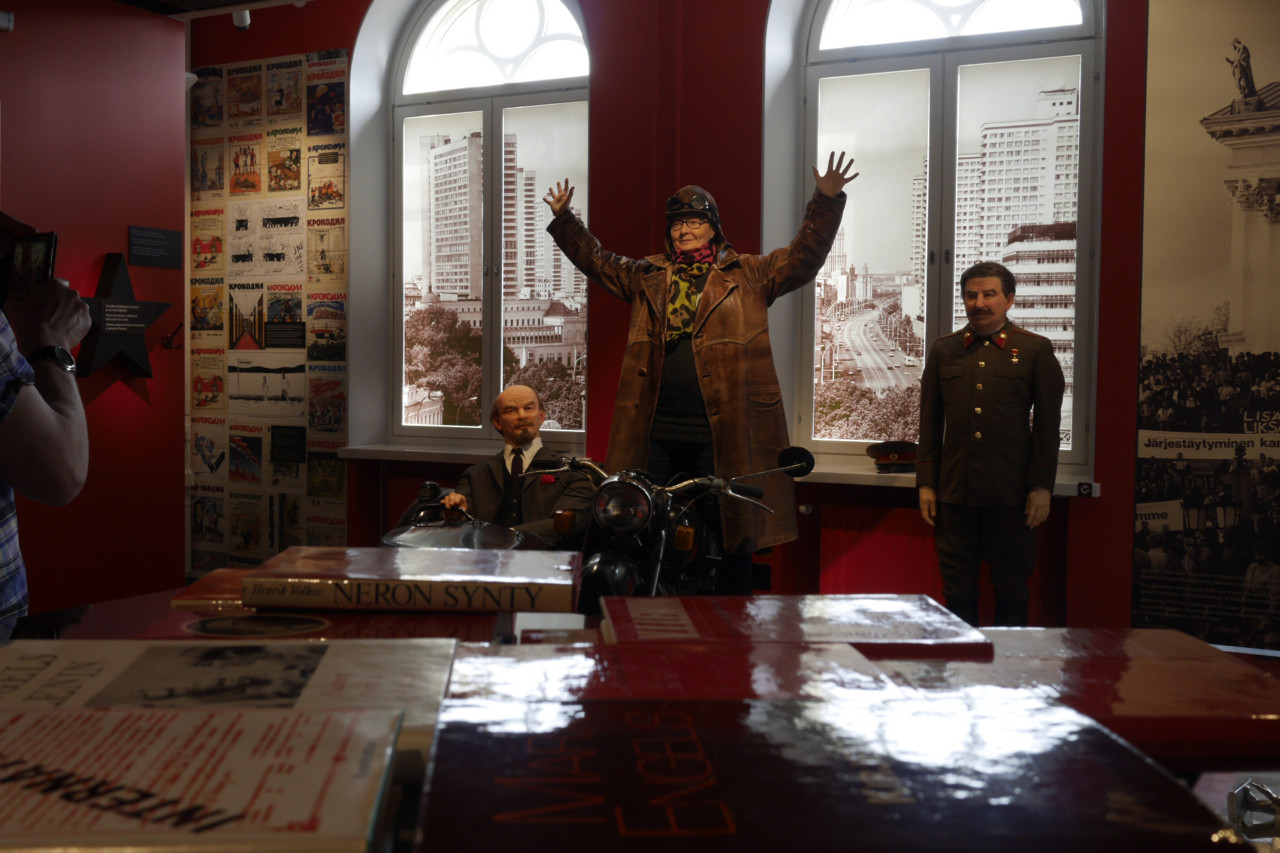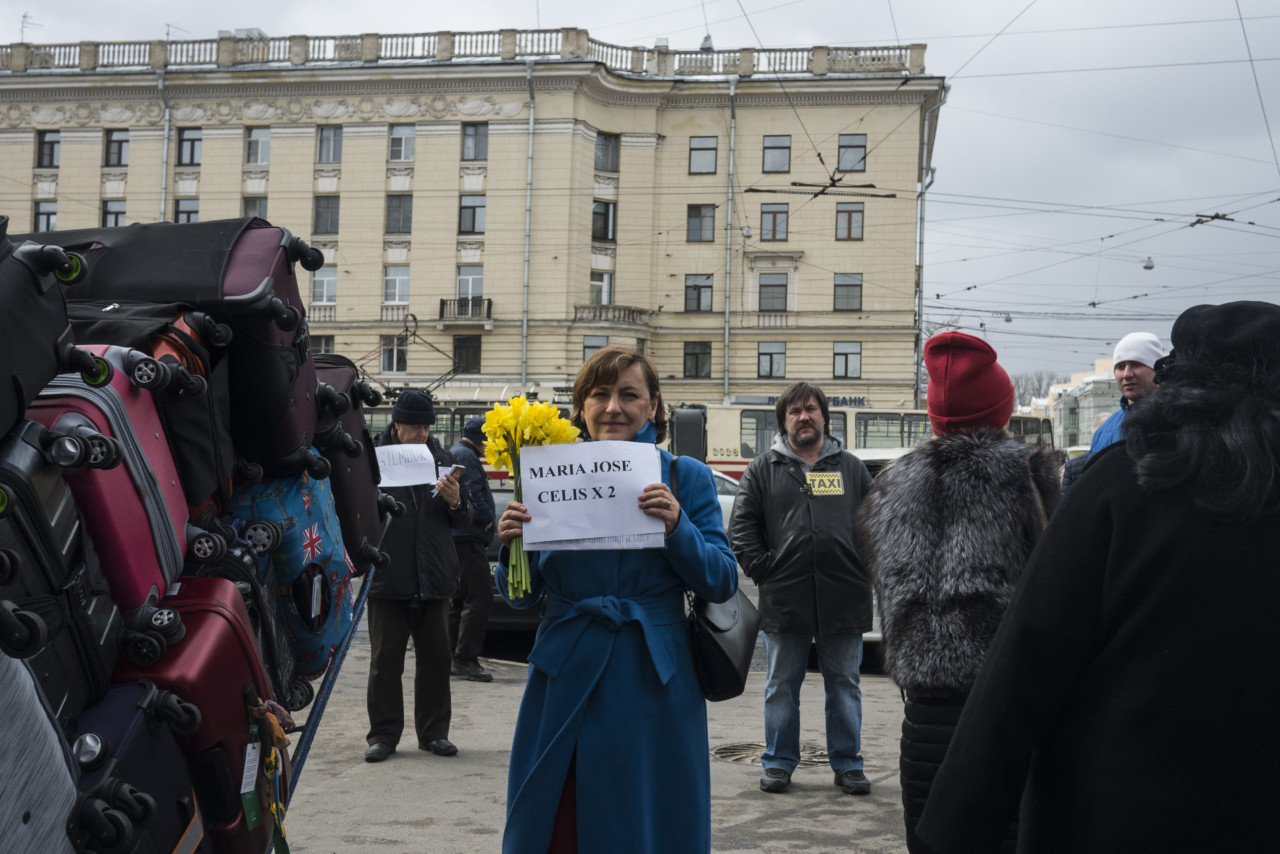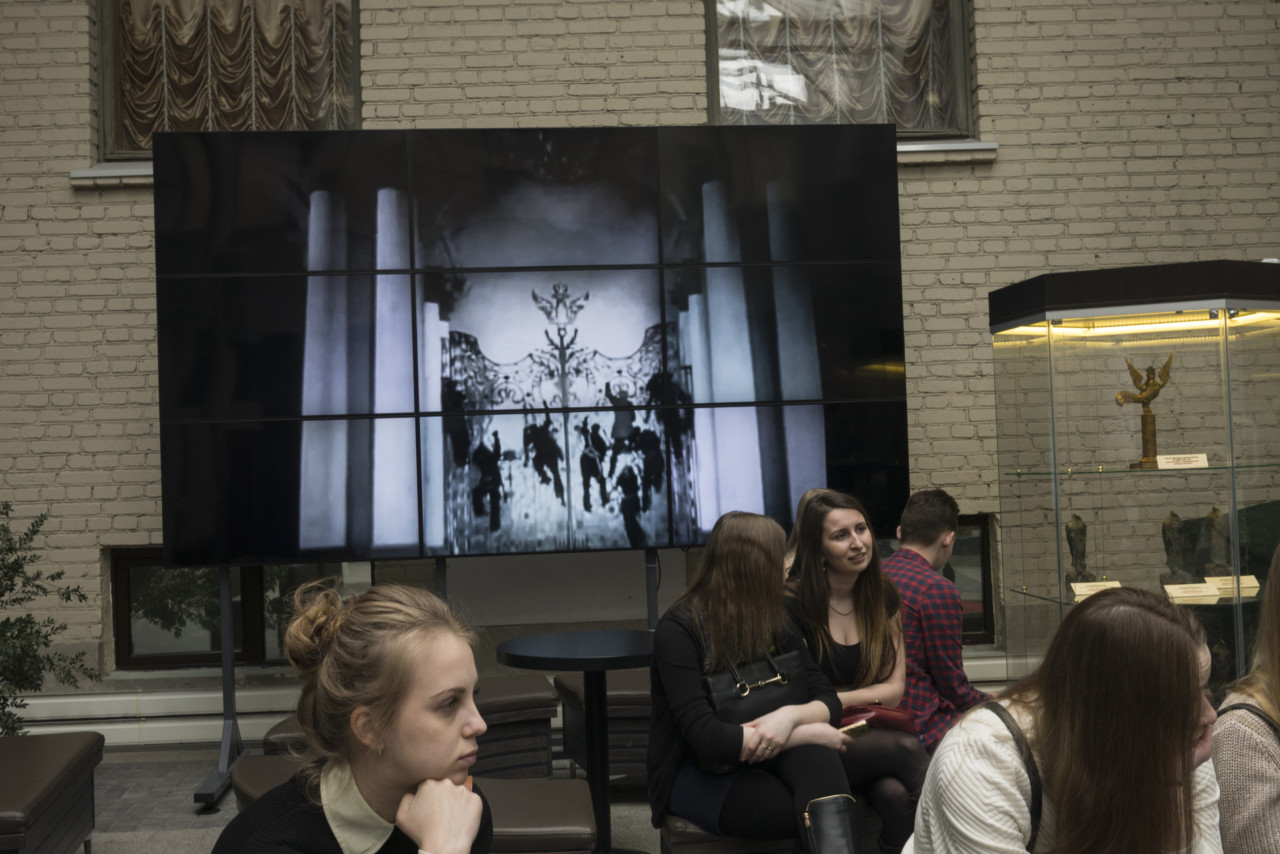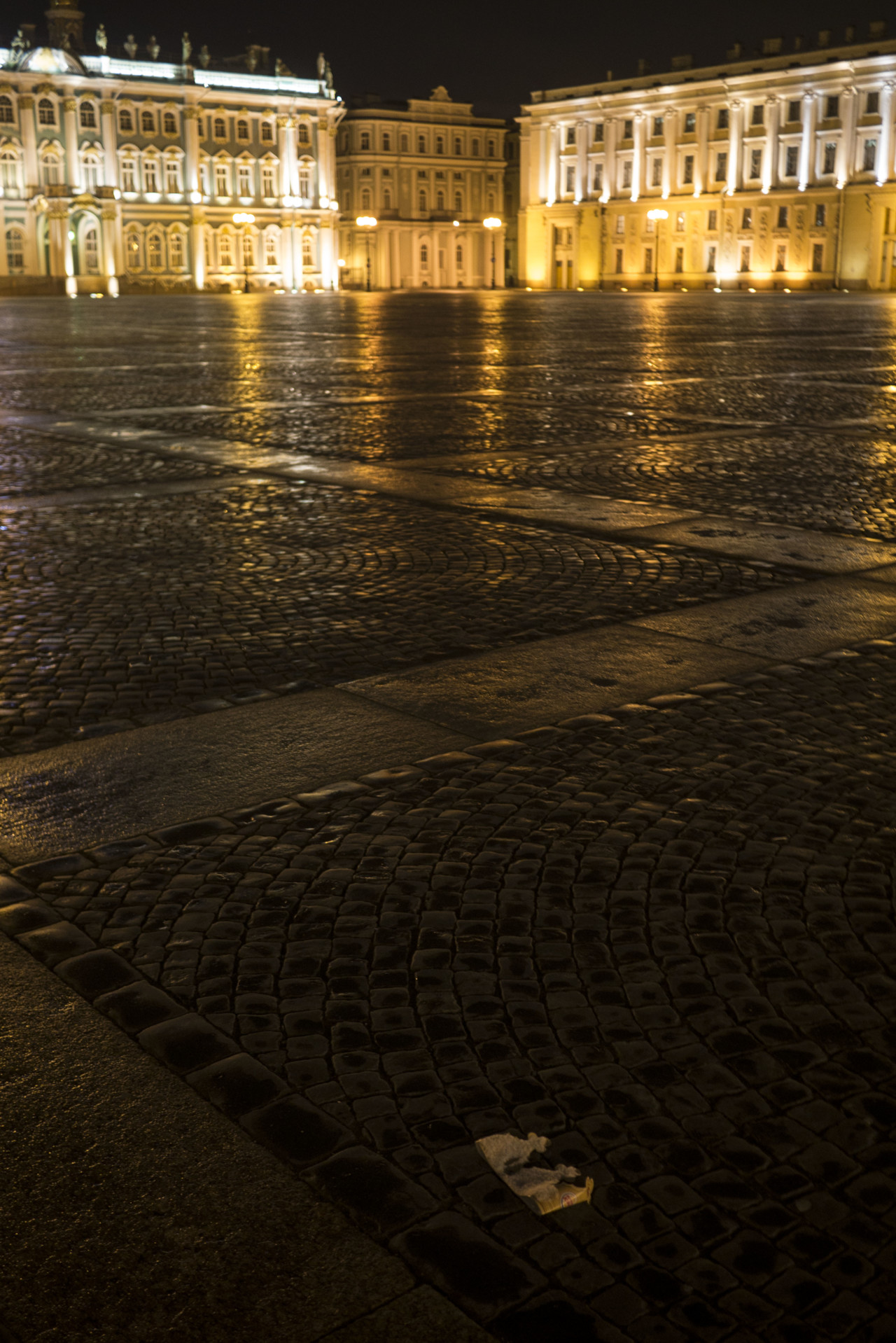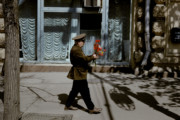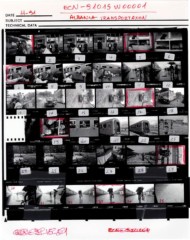Retracing Lenin’s Train
On its 100th anniversary, Thomas Dworzak traces the journey of Vladimir Lenin back from exile
On April 16, 1917, Vladimir Lenin, the exiled leader of the revolutionary Bolshevik Party, began his return to Russia by train, sea ferry, and horse-drawn sleds (to cross Finland). His country was at war and his route would pass through enemy territory. His final destination was St. Petersburg and to access to Soviet power, in order to form a “dictatorship of the proletariat” – a phrase coined in the mid-19th century and adopted by Karl Marx and Friedrich Engels, the founders of Marxism.
One hundred years later, Thomas Dworzak revisited this historic journey by following the same route as Lenin. Starting in Zurich on the exact same date as Lenin had begun his journey 100 years before, Dworzak travelled through Germany to Sweden and Finland before finally arriving in St. Petersburg, eight days and 3,200 km later. The journey was, in part, enabled by Alexander Israel Helphand (known as Parvus), who orchestrated the passing through Germany to revolutionary Russia in a sealed train, by convincing the German government to funnel two million marks to the Bolsheviks because of the likelihood that, in victory, they would withdraw Russia from World War I.
Along the way, Dworzak stopped off at various points for transport connection, and looked for echoes of the history he was tracing. For example, whilst in Berlin for a night, Dworzak walked around and found imperial buildings where Lenin’s return was plotted.
It being the 100-year anniversary of the Russian revolution, Thomas Dworzak thought that he might witness more made of the seminal events, but he was surprised to find very little outside of Switzerland. “Early on when I did this journey there was nothing, really,” he says. “There was a local communist party who had a little unfolding of a flag, and they had sealed off the entire square, but there were only about a dozen people and a guy reading out a few poems.”
Dworzak considers that this is very possibly down to Russian president Putin’s contracting position. “It’s a very controversial way of dealing with the revolution,” acknowledges Dworzak. “Putin’s not a communist so he can’t really glorify communism, he also has this whole heritage of the Soviet Union and being a general of war and wanting to pump that up a lot, so I don’t know how much they will mark it.”
Dworzak discovered that he wasn’t the only one retracing Lenin’s steps on this iconic anniversary. The photographer spotted a British couple at various key points: “From Berlin onwards, there was an English couple in their 50s or 60s. I saw them for the first time on the ferry from German to Sweden, and then they were at the ferry port from Malmo. Then I saw them again at the train station going to Stockholm. We realised that they were on a lot of our trips. They were an English couple in their 50s. It turns out that she was a history teacher and she’d always wanted to do this trip, tracing Lenin’s train,” he remembers. “They did it in real time as well!”
Along the way, Thomas Dworzak made some travel notes, presented here chronologically, tracing his journey.
Further reading:
Amongst Thomas Dworzak’s reading list prep was the book Lenin on the Train, by Catherine Merridale, which he recommends for further reading.
Dworkzak also recommends the film Lenin, The Train, featuring the British actor Ben Kingsley.



